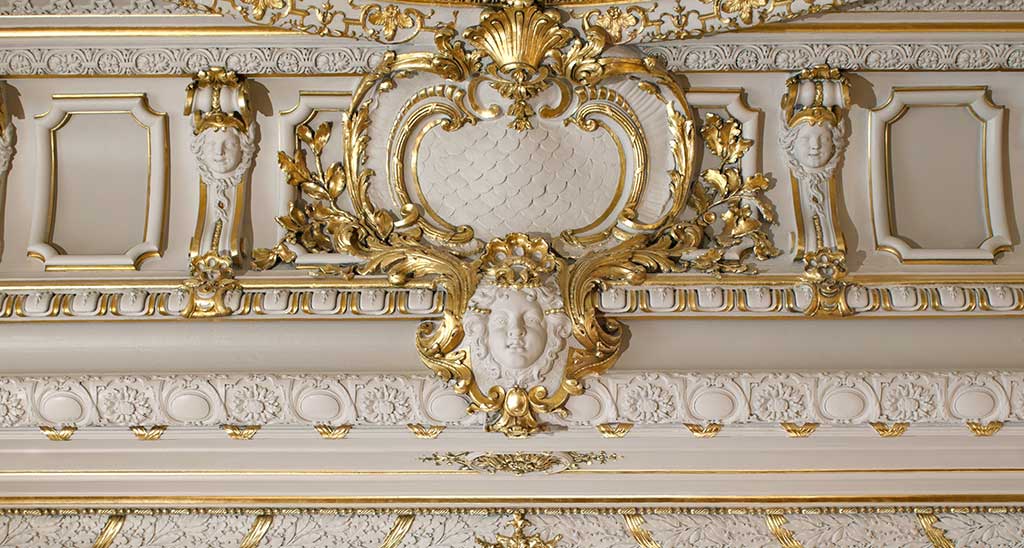Introduction
In the ever-evolving world of interior décor, where minimalism meets nature and tradition blends with creativity, pyntekvister have carved a niche as both a decorative staple and a storytelling element. Elegant, versatile, and rich in cultural nuance, pyntekvister are more than mere embellishments — they represent a harmonious dialogue between form and function, simplicity and detail.
As interest in Scandinavian-inspired design and sustainable living continues to rise in 2025, pyntekvister have become increasingly popular across homes, event spaces, and seasonal displays worldwide. This decorative guide will introduce you to the world of pyntekvister, their origins, uses, types, and styling tips to inspire your next interior transformation.
What Exactly Are Pyntekvister?
The term pyntekvister originates from Norwegian, with “pynt” meaning “decor” or “adornment” and “kvister” translating to “twigs” or “branches.” Put simply, pyntekvister are decorative twigs or branches used as ornamental elements in home interiors, festive settings, floral arrangements, and art installations.
Pyntekvister can be natural (sourced from the outdoors), treated (bleached, painted, or lacquered), or entirely artificial (crafted from synthetic or sustainable materials). Their purpose is both aesthetic and symbolic — often used to evoke themes of renewal, nature, simplicity, and connection to the seasons.
The Scandinavian Aesthetic and Pyntekvister
Pyntekvister are deeply rooted in the Scandinavian design tradition, which emphasizes minimalism, clean lines, and nature-inspired elements. In Nordic countries, where the winters are long and the light is scarce, bringing the outdoors inside has always been a cherished practice. Pyntekvister serve this purpose beautifully, offering a rustic, organic texture that harmonizes with wood, wool, ceramics, and stone.
They fit seamlessly into the principles of hygge (coziness) and lagom (balance), creating visual warmth without overwhelming a space. Whether displayed in a clear vase, hung from a ceiling, or arranged on a table, pyntekvister provide an understated yet sophisticated design statement.
Types of Pyntekvister
There are various types of pyntekvister, each suited for different themes and seasons. Here are the most common and beloved varieties:
1. Natural Twigs
Harvested directly from trees like birch, willow, or hazel, natural twigs are often left in their raw form to preserve their organic character. They’re popular for rustic and eco-conscious décor styles.
2. Painted or Sprayed Branches
These are twigs that have been coated in white, gold, silver, or pastel colors to match a festive or themed ambiance. They’re often used in holiday displays, wedding decor, or showroom settings.
3. Artificial Branches
Crafted from materials like resin, plastic, or wire, artificial pyntekvister offer longevity and customization. Some are adorned with faux flowers, berries, LED lights, or crystal tips.
4. Seasonal Pyntekvister
-
Spring: Budding branches like forsythia or cherry blossom twigs.
-
Autumn: Maple twigs, dried wheat stalks, or burnt orange painted sticks.
-
Winter: Frosted pine branches or glitter-coated birch.
-
Christmas: Pyntekvister adorned with ornaments, stars, or fairy lights.
How to Style with Pyntekvister
Pyntekvister can be styled in endless ways depending on your aesthetic and the season. Here are some creative ideas for integrating them into your space:
1. Centerpiece Arrangements
Place a few elegantly twisted twigs in a ceramic vase on your dining table or coffee table. Add seasonal touches like pinecones in winter or blossoms in spring to complement the time of year.
2. Wall Displays
Create a vertical art piece by attaching branches to a canvas or directly onto the wall using minimalist clips or rope. This makes for a stunning natural backdrop or a headboard alternative.
3. Hanging Decorations
Suspend pyntekvister horizontally using clear fishing line or jute rope. From it, hang lightweight ornaments, candles, or photos for a unique ceiling display.
4. Seasonal Mantel Decor
Layer pyntekvister with garlands, lights, and seasonal accents across your fireplace mantel for a cozy Scandinavian holiday vibe.
5. Wreath Making
Use flexible twigs like willow or dogwood to form circular bases for wreaths. Adorn with eucalyptus, dried citrus, ribbons, or cinnamon sticks depending on the occasion.
Sustainable and DIY-Friendly
One of the biggest reasons pyntekvister have soared in popularity is their sustainable and DIY-friendly nature. With a growing global interest in eco-conscious living, more people are turning to nature as their inspiration and material source.
You can easily create your own pyntekvister by collecting fallen branches during a nature walk, drying them, and decorating them with natural dyes or paints. Not only is this activity budget-friendly, but it also adds a personal and organic touch to your decor.
Tips for DIY Pyntekvister:
-
Let collected twigs dry for several days in a ventilated area.
-
Remove dirt or moss with a soft brush.
-
Use natural dyes or spray paints in well-ventilated areas.
-
Avoid overly heavy ornaments that might snap thin branches.
Cultural and Symbolic Value
Beyond their aesthetic charm, pyntekvister also carry symbolic meaning in many Nordic households and celebrations. In Easter traditions, for instance, “påskris” (decorated twigs) are used to symbolize new life and springtime rejuvenation. In winter festivals, adorned branches represent light, hope, and the return of warmth.
Even outside Scandinavia, decorative branches have long represented growth, transition, and nature’s resilience. By bringing them into modern decor, pyntekvister subtly infuse living spaces with a sense of heritage, grounding, and connection to nature.
Where to Buy or Source Pyntekvister
In 2025, pyntekvister are widely available through both local and international channels:
-
Local florists or garden centers: Especially around major holidays or seasonal changes.
-
Online Scandinavian decor retailers: Etsy, Nordic Nest, and smaller artisan platforms often offer handcrafted options.
-
Home décor brands: Stores like IKEA, H&M Home, or Søstrene Grene stock seasonal pyntekvister variations.
-
DIY sourcing: Your local park, backyard, or hiking trail can be a treasure trove.
When sourcing, consider the environmental impact. Opt for sustainably harvested or recycled materials, and avoid branches taken from protected trees or ecosystems.
Pyntekvister in Modern Design Trends
In 2025, pyntekvister are no longer restricted to rustic homes or Scandinavian cabins. They’ve found their place in modern, eclectic, and even high-tech interiors. Paired with smart lighting, minimalist furniture, or Japanese-inspired zen designs, pyntekvister offer a tactile contrast that brings soul into sleek spaces.
They also play a significant role in biophilic design, which focuses on incorporating nature into architecture to improve well-being and creativity. As more workplaces, cafes, and retail spaces adopt this philosophy, pyntekvister become key visual and emotional elements in commercial environments as well.
Conclusion
Whether used to celebrate the changing seasons, elevate your interior style, or create a moment of reflection through natural beauty, pyntekvister offer a versatile and meaningful decor solution.
Their roots in Scandinavian simplicity, their compatibility with sustainable values, and their creative potential make them an enduring trend well into 2025 and beyond. From delicate spring twigs to dramatic winter arrangements, pyntekvister invite us to reconnect with nature—gracefully, artistically, and mindfully.
So the next time you’re seeking a refresh for your space, consider reaching for a handful of pyntekvister. In their quiet beauty lies a powerful design message: less is often more, and nature, when honored, never goes out of style.


